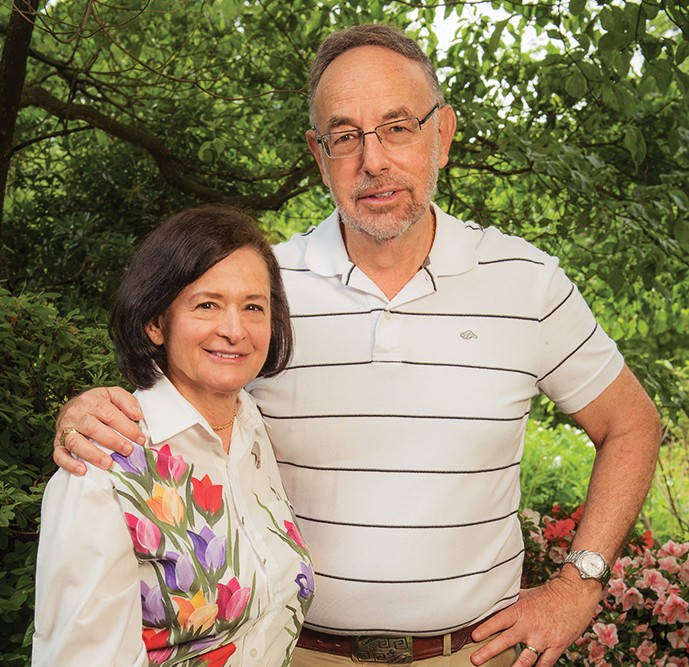Gail H. Marcus ’68, SM ’68, ScD ’71, and Michael J. Marcus ’68, ScD ’72, Shape Policy in Washington
Gail Halpern and Michael Marcus met in a first-year chemistry class, began dating as sophomores, and got married two days after graduation. They went on to study physics and nuclear engineering (Gail) and electrical engineering (Mike), before launching careers that would have a big impact on technology policies in nuclear power, in Gail’s case, and wireless communications, in Mike’s.
“We both gravitated toward the integration of technology into society—what to fund, how to regulate, how to balance different interests,” says Gail. “They’re not strictly engineering problems, but we both felt it was essential for engineers to be involved.”
Or, as Mike puts it, “We started as techies and became policy wonks.”

Mike joined the Air Force after graduation, which brought the pair to Washington, D.C., in the early ’70s. Both were drawn to tech-oriented analytical work at think tanks and research agencies.
In 1979, Mike met Stephen Lukasik, ScD ’56, the first chief scientist of the Federal Communications Commission (FCC). Lukasik was looking for technologies that could be opened for public use, and Mike offered three suggestions, including spread-spectrum/CDMA communications.
That began 25 years at the FCC, where Mike proposed and developed policies for making more than eight gigahertz of radio spectrum available for unlicensed use, paving the way for the initial generations of Wi-Fi as well as the Bluetooth and ZigBee protocols. He has received multiple honors for this work, including the 2013 IEEE ComSoc Award for Public Service in the Field of Telecommunications; in 1997 he won a Mansfield Fellowship, allowing the couple to spend a year in Japan.
Gail, meanwhile, moved in 1985 from legislation-related work at the Congressional Research Service to the Nuclear Regulatory Commission (NRC) and, later, to the Department of Energy (DOE).
Among her many contributions at the NRC, she provided expertise on top-level policy decisions for a commissioner and played a major role in developing the Principles of Good Regulation, a single-page statement of the agency’s values. Still a touchstone for the NRC’s work, the document has served as a model for a number of U.S. and foreign government agencies and other organizations, and it was celebrated by the NRC at a 25th-anniversary event in 2016.
Gail served as president of the American Nuclear Society in 2001–’02, and her time as deputy director-general of the intergovernmental Nuclear Energy Agency gave the couple a three-year stint in Paris. Her book, Nuclear Firsts: Milestones on the Road to Nuclear Power Development, won the 2013 ASME Engineer-Historian Award.
Both Gail and Mike continue to consult in their fields and to mentor students—and in their spare time, they love to sail.
Keep Reading
Most Popular
Large language models can do jaw-dropping things. But nobody knows exactly why.
And that's a problem. Figuring it out is one of the biggest scientific puzzles of our time and a crucial step towards controlling more powerful future models.
The problem with plug-in hybrids? Their drivers.
Plug-in hybrids are often sold as a transition to EVs, but new data from Europe shows we’re still underestimating the emissions they produce.
How scientists traced a mysterious covid case back to six toilets
When wastewater surveillance turns into a hunt for a single infected individual, the ethics get tricky.
Google DeepMind’s new generative model makes Super Mario–like games from scratch
Genie learns how to control games by watching hours and hours of video. It could help train next-gen robots too.
Stay connected
Get the latest updates from
MIT Technology Review
Discover special offers, top stories, upcoming events, and more.